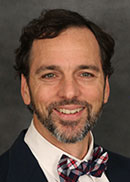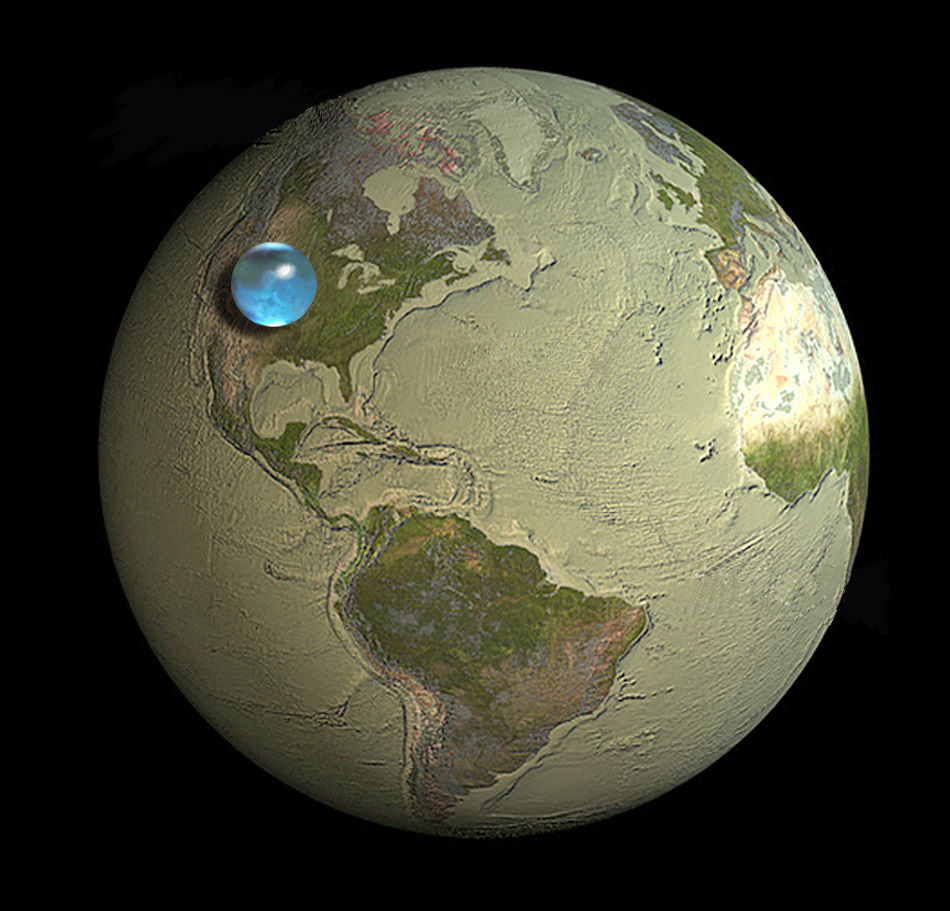 * RSR Interviews the World's Most Popular Authority on Jericho: Based on Google search rankings, archaeologist Bryant Wood is the world's most popular authority on: Jericho excavation. Real Science Radio hosts Bob Enyart and Fred Williams have a great time celebrating with Dr. Wood the many discoveries of secular archaeologists that confirm important details in Joshua's account of the city and its destruction. Thus the ruins of perhaps the world's greatest, oldest city corroborate one of the most amazing accounts in the Bible.
* RSR Interviews the World's Most Popular Authority on Jericho: Based on Google search rankings, archaeologist Bryant Wood is the world's most popular authority on: Jericho excavation. Real Science Radio hosts Bob Enyart and Fred Williams have a great time celebrating with Dr. Wood the many discoveries of secular archaeologists that confirm important details in Joshua's account of the city and its destruction. Thus the ruins of perhaps the world's greatest, oldest city corroborate one of the most amazing accounts in the Bible.
* Post-show Note: The two short RSR videos below are about to pass 4,000 and 8,000 views! Check 'em out! [UPDATE: Well, that worked! As of March 2014, the dino soft tissue video is now almost at 18,000 views! Now we need to give the Jack Horner/14c video a bit more of a boost! :) Thanks guys!] BTW, as you look at them that will boost their numbers of views, which thereby helps more people discover them because they will therefore rank higher in various search results. (As an aside: If there is an important web page that you'd like to help more people find, rather than typing in its address, like rsr.org/dinosaur-soft-tissue, instead you can search for:
dinosaur soft tissue
Then by clicking on the article that you want to promote (like ours at kgov :), you'll be helping to increase its rankings in search engine results! (You can try this to help us promote: young earth, at our youngearth.com, and: nautiloids, at youngearth.com, and: what does the bible say about abortion, at Bob Enyart's article at AmericanRTL.org, and what does the bible say about pot, right here at KGOV.com/pot. Thanks!

* The Bible Gets Easier to Understand: Apparent contradictions plague many Bible students. Therefore in his life's work, The Plot, Bob Enyart set out to demonstrate how hundreds of such contradictions disappear when the reader applies the big picture of the Bible to its details. Tunnel vision focuses so narrowly on a problem that the solution often lies just out of view. As the pastor of Denver Bible Church, Bob Enyart teaches Christians how to use the whole counsel of God to understand the plot of the Bible and solve biblical mysteries. As with all of our BEL resources, The Plot comes with a 30-day money-back guarantee! And as we become proficient in the big picture, that is, the overview of the story of the Bible, then countless details, including as one small example, about the cities of refuge, become increasingly clear!
* A Related Bible Study on the Cities of Refuge: The Old Testament account of the cities of refuge can be very hard to understand... until you see that the story is about Jesus. Check it out in the Bible and enjoy it as taught in Volume II of Bob's study of the Book of Joshua!
Today's Resource: Get both volumes, I & II, of Bob Enyart's verse-by-verse study of The Book of Joshua, for a discounted price. And you can enjoy these or any of Bob's studies, made available by book title or by topic, or you can subscribe or donate online or by calling 1-800-8Enyart (303-463-7789).
 * Boulder, Colorado's Planetarium Show on Christ's Birth: For Christmas Day, we're enjoying this Real Science Radio rerun about the University of Colorado's Fiske Planetarium presentation of a live program, The Astronomical Star of Bethlehem, by amateur astronomer Gil Buller. From the planetarium's website, "This exciting program examines the sky at the time of the birth of Christ to see which astronomical phenomenon may have been the Star of Bethlehem."
* Boulder, Colorado's Planetarium Show on Christ's Birth: For Christmas Day, we're enjoying this Real Science Radio rerun about the University of Colorado's Fiske Planetarium presentation of a live program, The Astronomical Star of Bethlehem, by amateur astronomer Gil Buller. From the planetarium's website, "This exciting program examines the sky at the time of the birth of Christ to see which astronomical phenomenon may have been the Star of Bethlehem."





 * As Few as 1,000 Pairs of Animals on the Ark: Real Science Radio hosts
* As Few as 1,000 Pairs of Animals on the Ark: Real Science Radio hosts 

 * University of Bologna Blue Star Rescue Device: Real Science Radio
* University of Bologna Blue Star Rescue Device: Real Science Radio 



